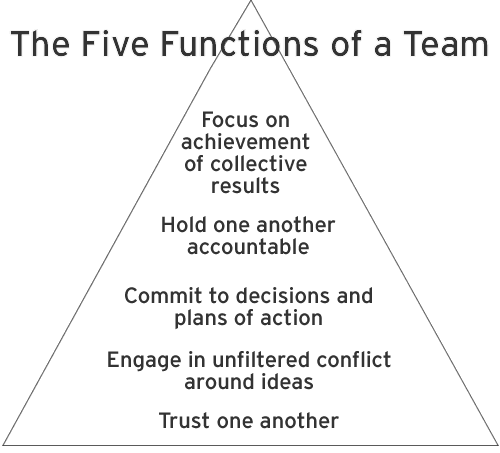Another perspective that might be lost in the rush toward innovation…
“Assistant professor Mukti Khaire believes that small companies can grow by developing intangible social resources such as legitimacy, status, and reputation. In an interesting twist, her research on this insight is that these intangible resources may be best acquired by following a road of conformity in how your company is organized and presented to the outside world…
“These social resources are acquired by mimicking the structures and activities of established firms, and by affiliating with high-status customers respectively,” she wrote…
I’d like to see this research layered on top of the disruptive innovation research to see if there’s any correlation between doing something new but appearing to be the same old reliable thing.
 One company I’m reverse engineering is Netflix. The store-less video subscription service
One company I’m reverse engineering is Netflix. The store-less video subscription service 
